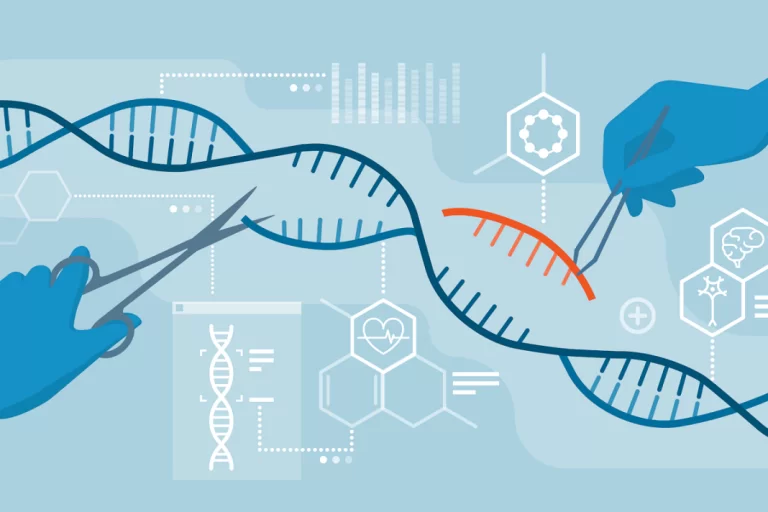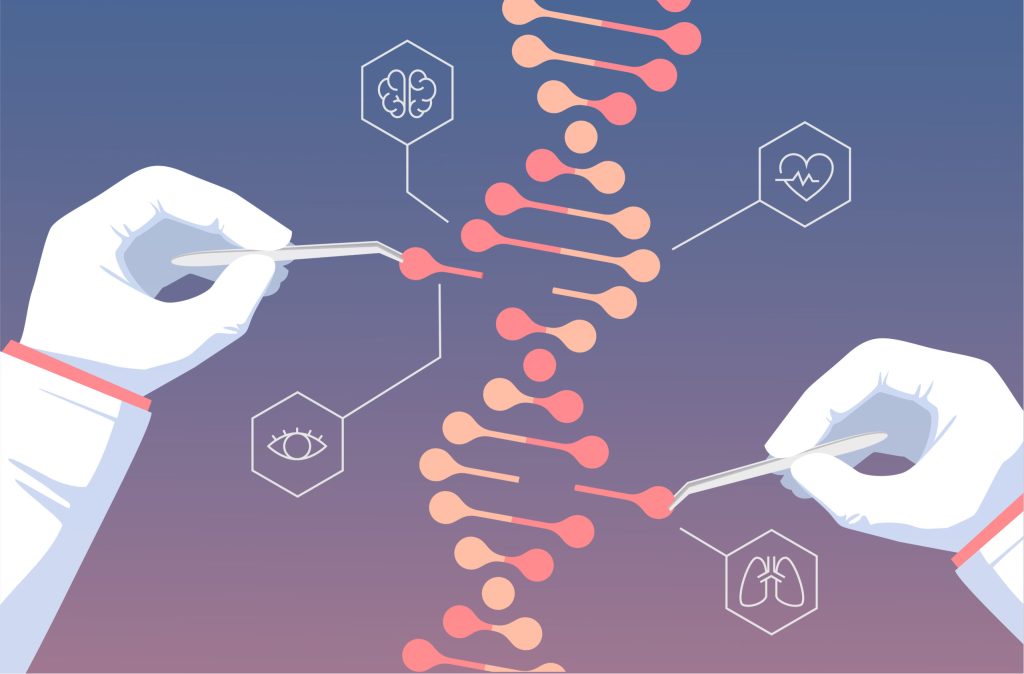Gene Editing’s New Era
A bevy of transformative achievements in next-generation gene editing technology has been unveiled recently. Following last week’s report in Nature Communications on the SeekRNA editing tool, Nature has disseminated two papers on the 26th, further describing an innovative genome editing technique. Utilizing RNA as a guide, this technique permits the insertion, inversion, or deletion of long DNA sequences at specific genomic loci designated by the user. It facilitates single-step rearrangement of fundamental DNA, emerging as a simplified method of genome editing. This new technology may possess advantages over existing methodologies, such as conducting more precise and effective large-scale genome editing and mediating recombination without causing accidental breaks.

Programmable Systems for DNA Sequence Rearrangement
Programmable systems, used for rearranging long DNA sequences within the genome, are instrumental tools in the domain of genome design. Large-scale genomic rearrangements are typically enacted by recombinases (catalyzing DNA breaks and rejoining) or transposases (moving DNA fragments from one location to another). Should these enzymes be programmable to target specific loci, they could become potent tools for genome editing.
In the first paper, researchers at the Arc Institute have detailed a technique that utilizes programmable recombinases for gene editing. These recombinases are RNA-guided, with the RNA serving as a bridge—targeting loci and facilitating the desired editing. This bridge comprises a region specifying the donor DNA sequence and another dictating the genomic insertion point. Both regions can be independently reprogrammed to recognize and bind diverse DNA sequences. This bridging method allows for easier modification than current techniques employing conventional recombinases, which require more complex protein-DNA binding sites.
The second paper, by the team at the University of Tokyo led by Hirotada Mori, has elucidated the structure of such recombinases using cryo-electron microscopy, providing a comprehensive explanation of their mechanism of action.

Surmounting Fundamental Challenges
This technology addresses fundamental challenges encountered by other methods of genome editing. While currently demonstrated in bacterial genome editing, with further exploration and development, this “RNA bridge” holds promise as a vanguard for the third generation of RNA-guided systems. A related “News & Views” article published concurrently heralds this technology as “a delightful advance in the field of large-scale genomic modifications with many potential applications ripe for exploration.”
The “RNA bridge” represents a novel biological programming mechanism, enabling widespread adjustments to genetic material through specific sequence embedding, cutting, inversion, and more, effectively serving as a “character processor” for living genomes. The capability to rearrange any two DNA molecules also paves the way for new breakthroughs in the field of genome design. However, the feasibility and safety of this technology in different species and cell types, including mammalian cells, remain to be further assessed.


















































Discussion about this post